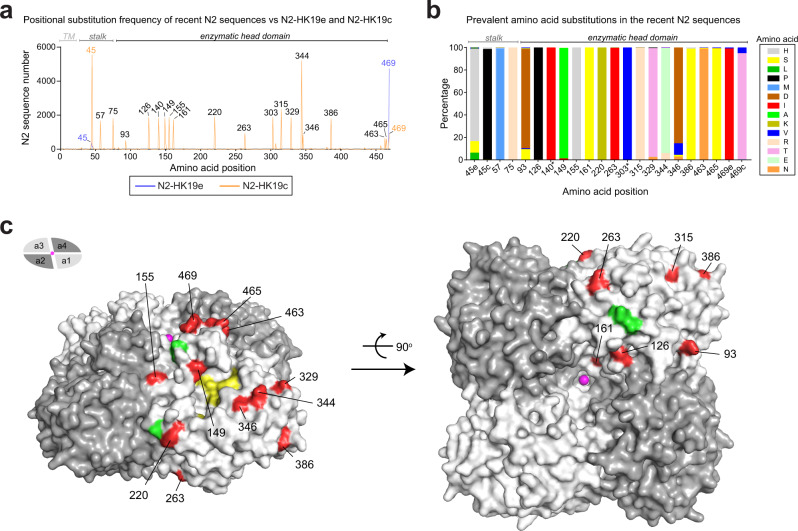Fig. 6. Comparison of NAs from recent H3N2 viruses and the 2020–2021 vaccine strains.
a Amino acid positional analysis displaying the number of recent N2 sequences that encode amino acids which differ from N2-HK19c (orange) and N2-HK19e (blue) at each position. N2 sequences were from human H3N2 IAVs isolated between September 1, 2019 and December 15, 2020. Amino acid positions corresponding to the TM domain, stalk and enzymatic head are indicated. b Bar graph displaying the prevalence of the amino acids in recent N2 sequences that differ from N2-HK19e and N2-HK19c at each position. Note N2-HK19e and N2-HK19c differ at positions 45 and 469. Only amino acids visible in the graph are listed. Asterisk indicates amino acids with little surface exposure. c Amino acid positions that differ in recent N2 sequences were highlighted (red) on a single monomer of a head domain tetramer (PDB ID: 4GZT)55. Asn residues (green) of the conserved N-linked glycosylation sites48, NA active site residues (yellow), and Ca2+ ions (pink) are also depicted. Positions 140 and 303 are not visible. Side (left) and bottom (right) views of the NA tetramer were generated using Pymol.

